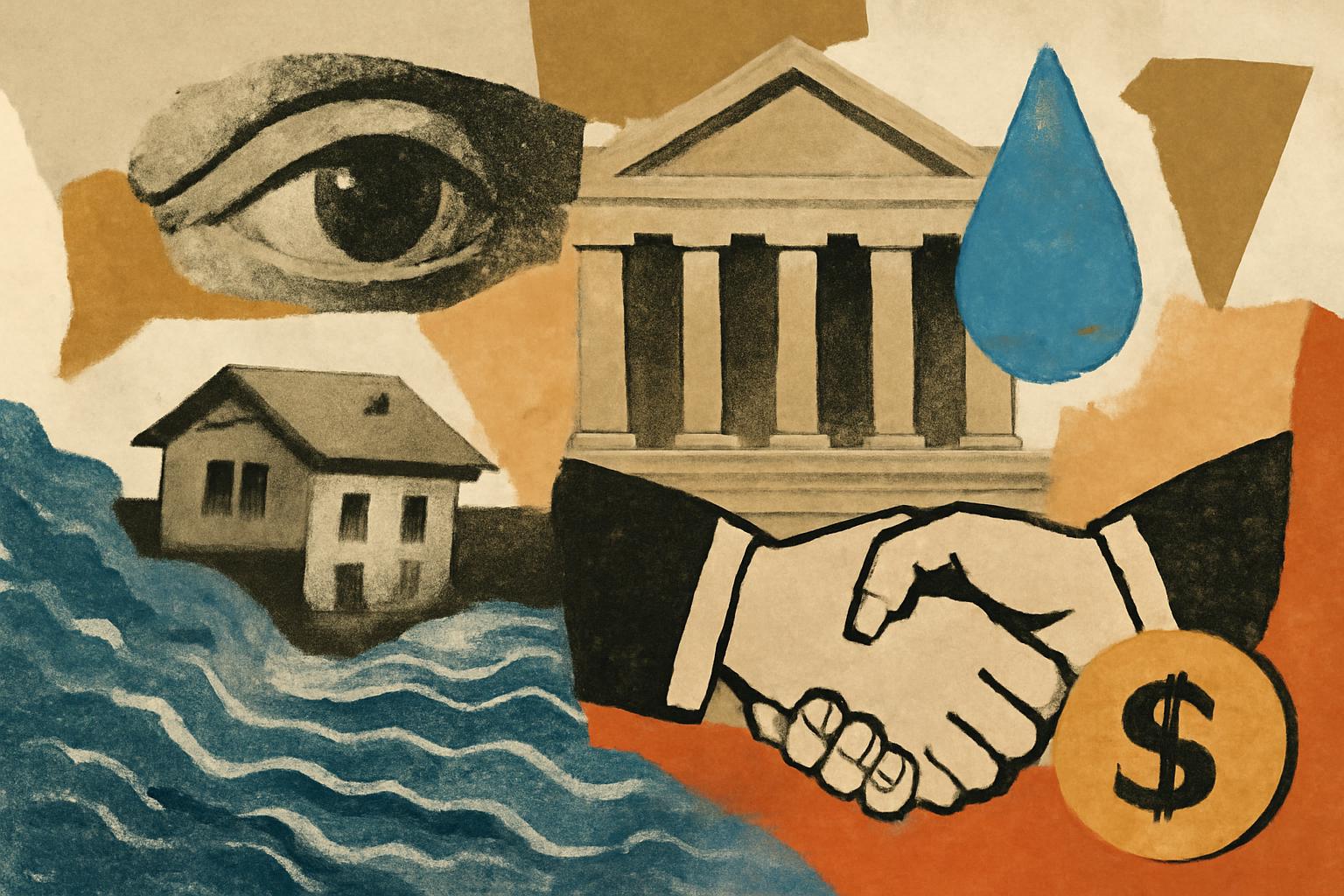The floods and heavy rains have carved a brutal path through the Kashmir region and beyond, with hundreds dead and many more injured as rescue teams push through wreckage in terrible weather and rugged terrain. In Indian-administered Kashmir, scores are gone while others are rescued from the debris, and a village on a pilgrimage route was crushed by shifting tents. Rescue work, aided by the army, is proceeding amid access constraints. Across the line, northern Pakistan and the Pakistani-administered part of Kashmir report more fatalities and large numbers still unaccounted for as monsoon rains and landslides test the limits of government capacity. Experts point to climate-change-driven increases in frequency and severity of such events, even as officials warn that the toll may rise.
From a libertarian vantage point, this is a stark reminder that central planning and bureaucratic command-and-control are ill-suited to managing nature’s indiscriminate forces. Hayek reminds us that knowledge is dispersed, local, and tacit; no distant planner can know enough to allocate aid, build infrastructure, or price risk in a way that genuinely minimizes suffering. The visible dependence on state-led rescue efforts—the army, federal authorities, and centralized disaster response—proves the limits of top-down coordination when every village faces unique terrain, weather, and timing. The true resilience of communities arises not from omnipresent state intervention but from robust, voluntary networks: private charities, insurers, local mutual aid organizations, and the predictable rule of law that protects property and contracts so that people can rebuild without fearing confiscation or arbitrary interference.
Nozick would insist that individuals have the right to liberty over their lives and property, and that coercive redistribution in the wake of a disaster is an illegitimate violation of rights. The moral hazard of emergency subsidies, blanket disaster relief, or debt-financed “aid” is that it crowds out voluntary charity and distorts incentives to invest in safety and risk management. If anything, disaster uncertainty should push toward strengthening voluntary mutual aid and private risk-sharing rather than expanding coercive redistribution or creating incentives for careless behavior through bailouts.
Rand would insist that productive individuals are not moral villains for wanting to keep the fruits of their labor and that altruism does not authorize coercive expropriation. The duty to help those in hardship should be fulfilled by voluntary virtue, not by compulsion. A freer system would encourage private philanthropy, independent relief agencies, and competitive insurance and reinsurance markets that incentivize prudent risk mitigation and faster, more adaptable responses. Red tape and centralized directives—especially in disaster zones—strip people of initiative, delay aid, and foster dependency.
The climate change discussion, if treated through a libertarian lens, should not justify expanding the state’s reach but rather exposing the superiority of decentralized, market-based adaptation and protection of property rights. Private insurers, reinsurance markets, and voluntary risk pooling can allocate capital to flood defenses, smarter building practices, and resilient infrastructure more efficiently than government-fueled programs that politicize reconstruction and spawn cronyism. Let communities decide what standards they want for risk-sharing and recovery, free of coercive mandates that redistribute wealth from the productive to those who gamble with risk or cling to bureaucratic shortcuts.
In short, this catastrophe testifies to the limits of command-and-control in the face of nature. It also reveals the superior force of free association and voluntary, rights-respecting cooperation. The antidote to such disasters is not more government power, but stronger protection of property, the flourishing of private relief mechanisms, and a commitment to scale, diversify, and innovate through voluntary action rather than coercive impulse.
